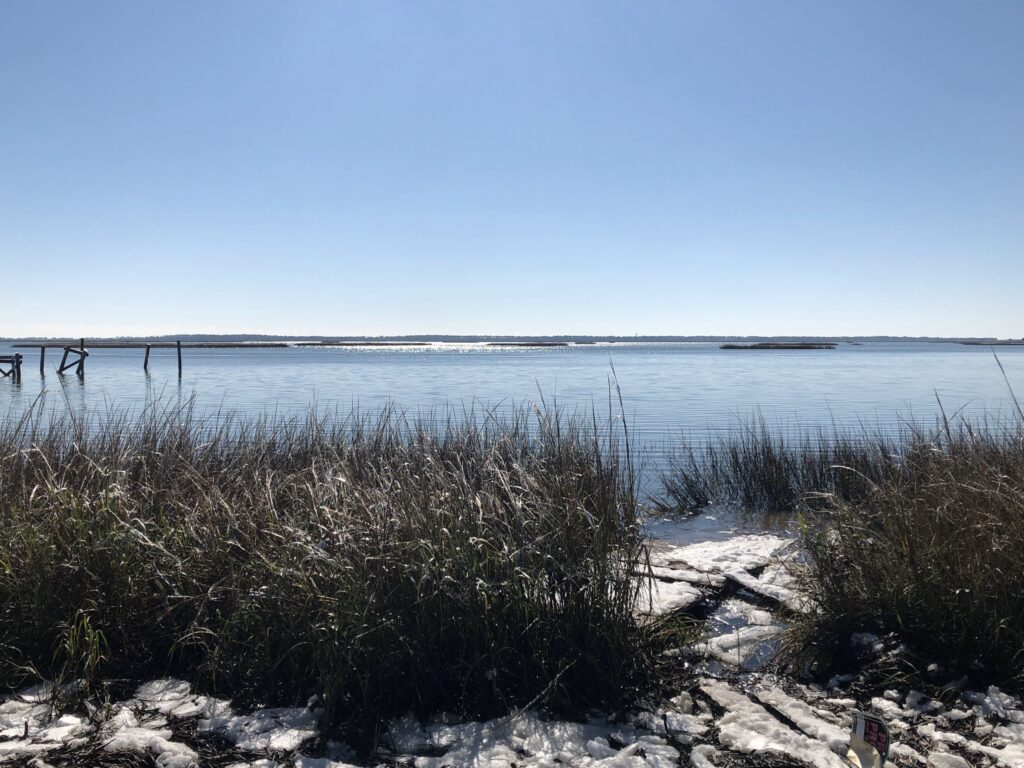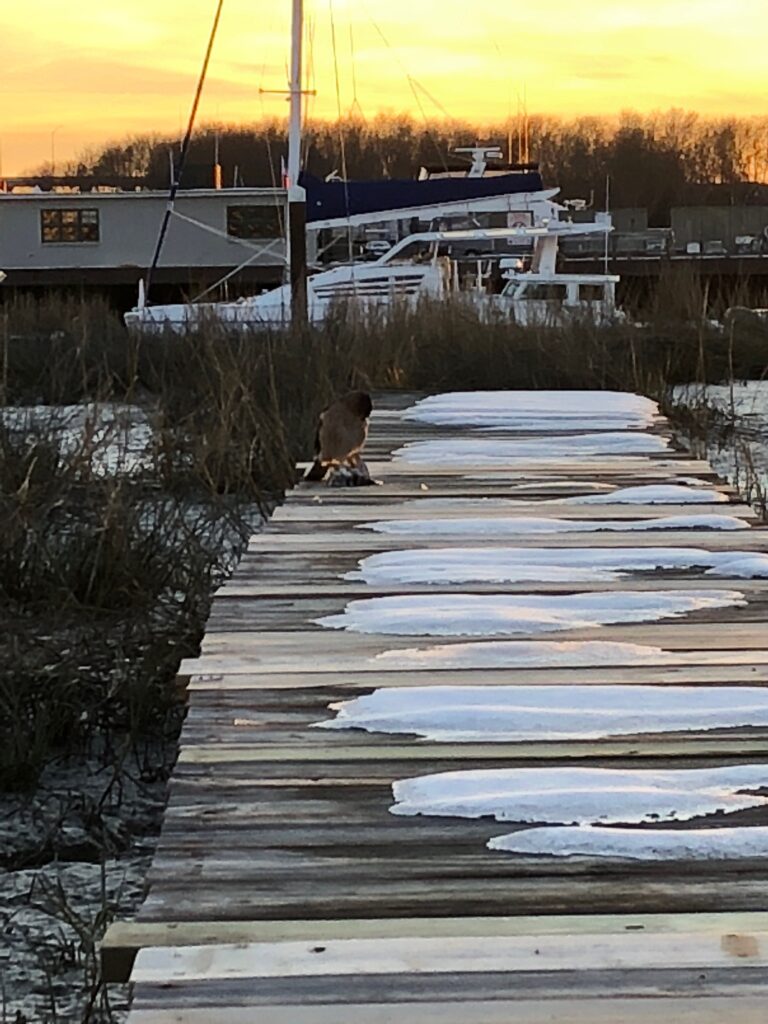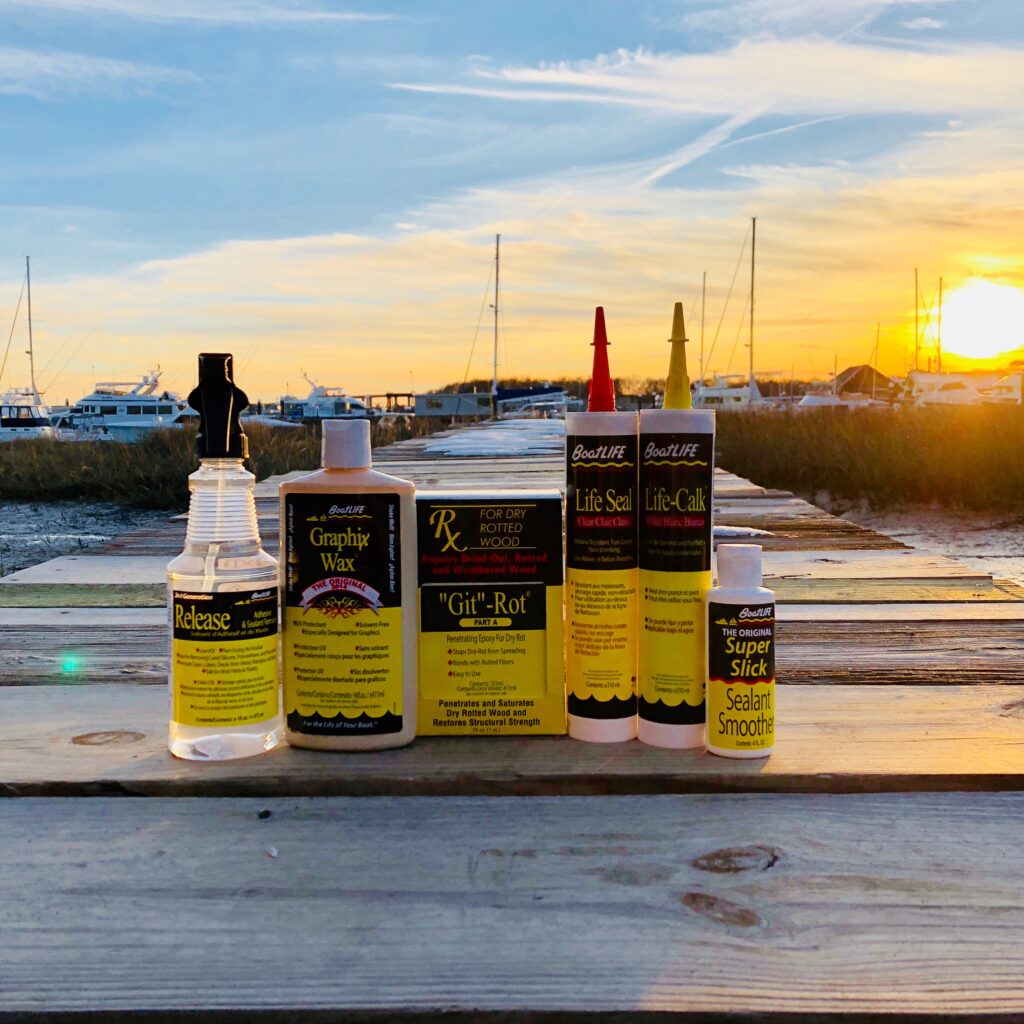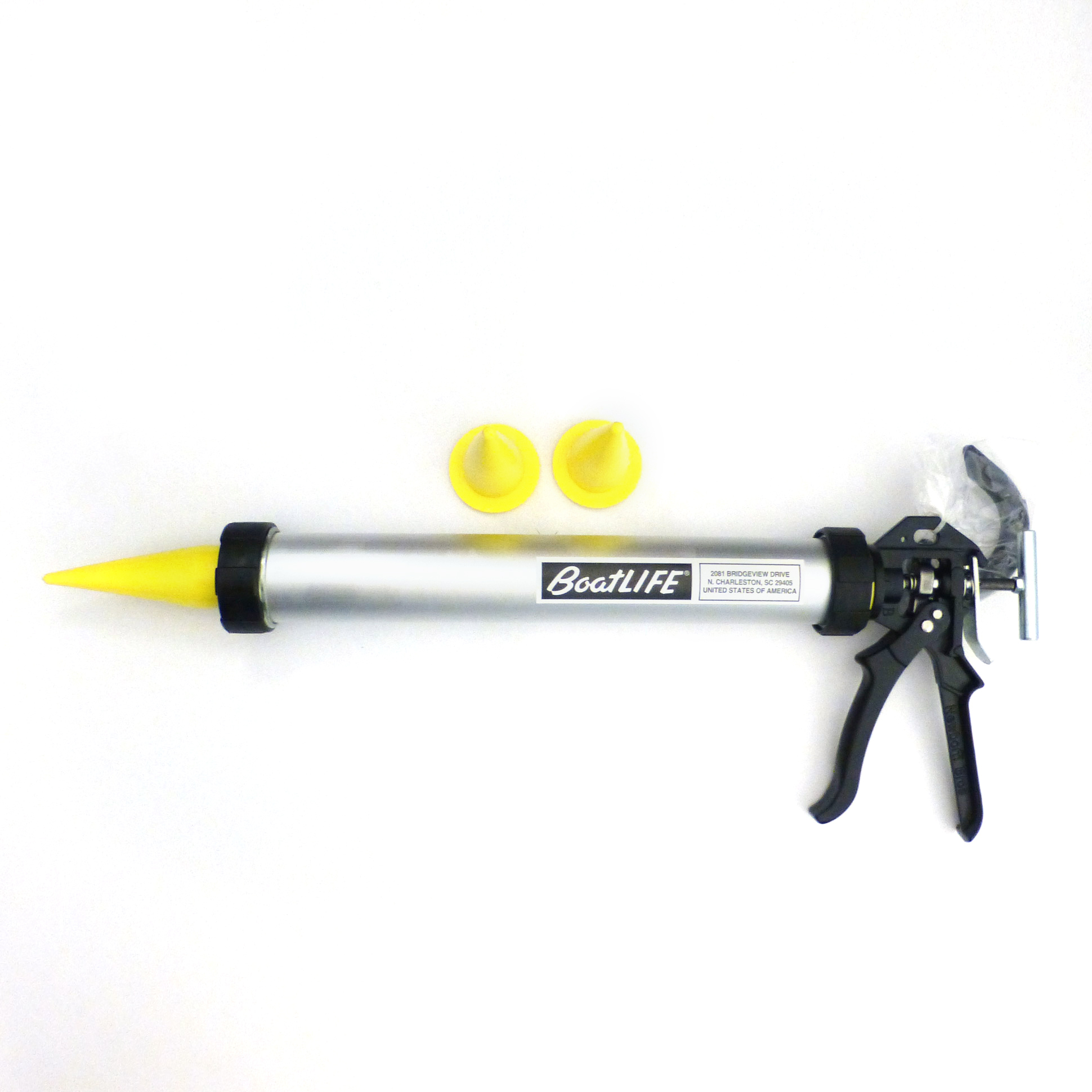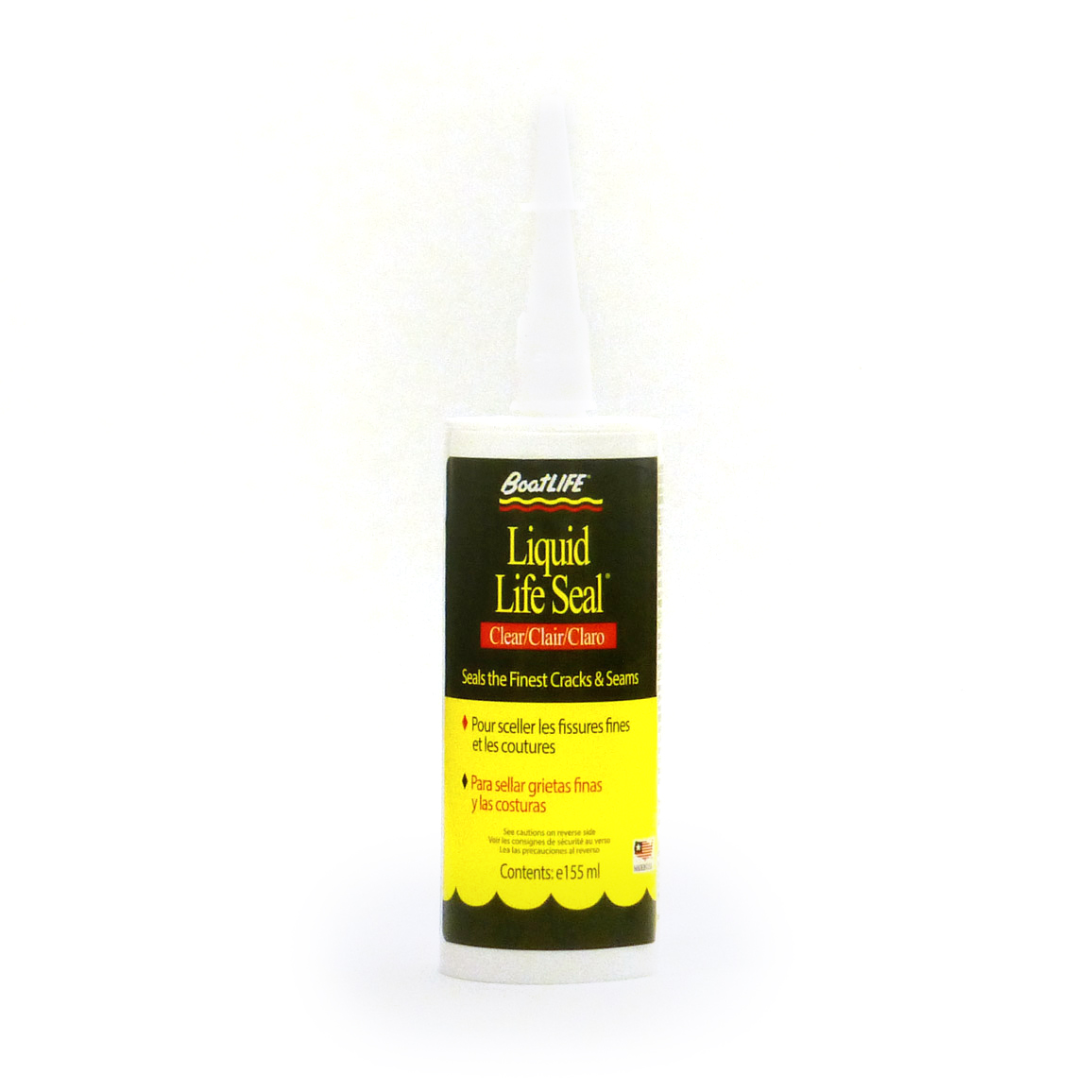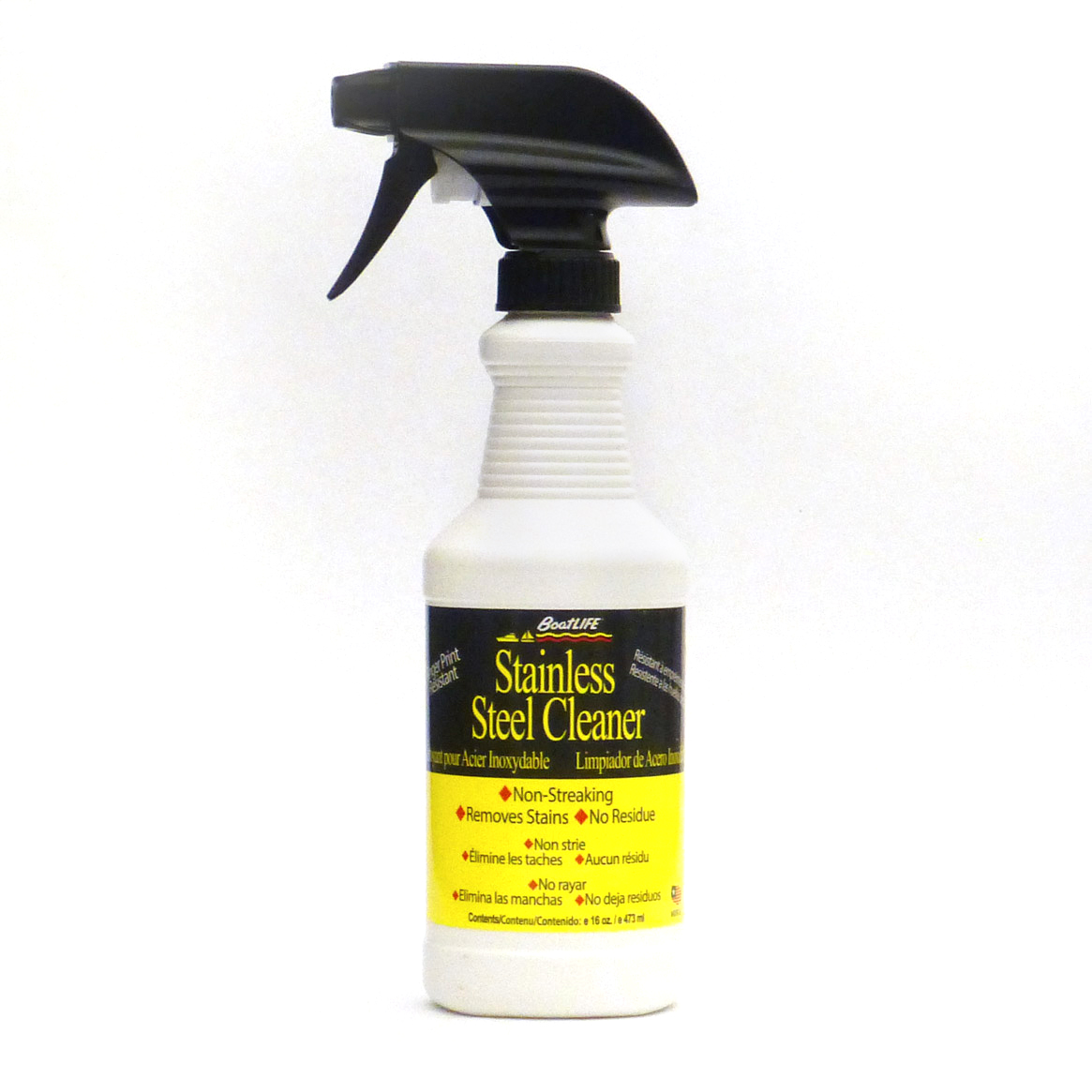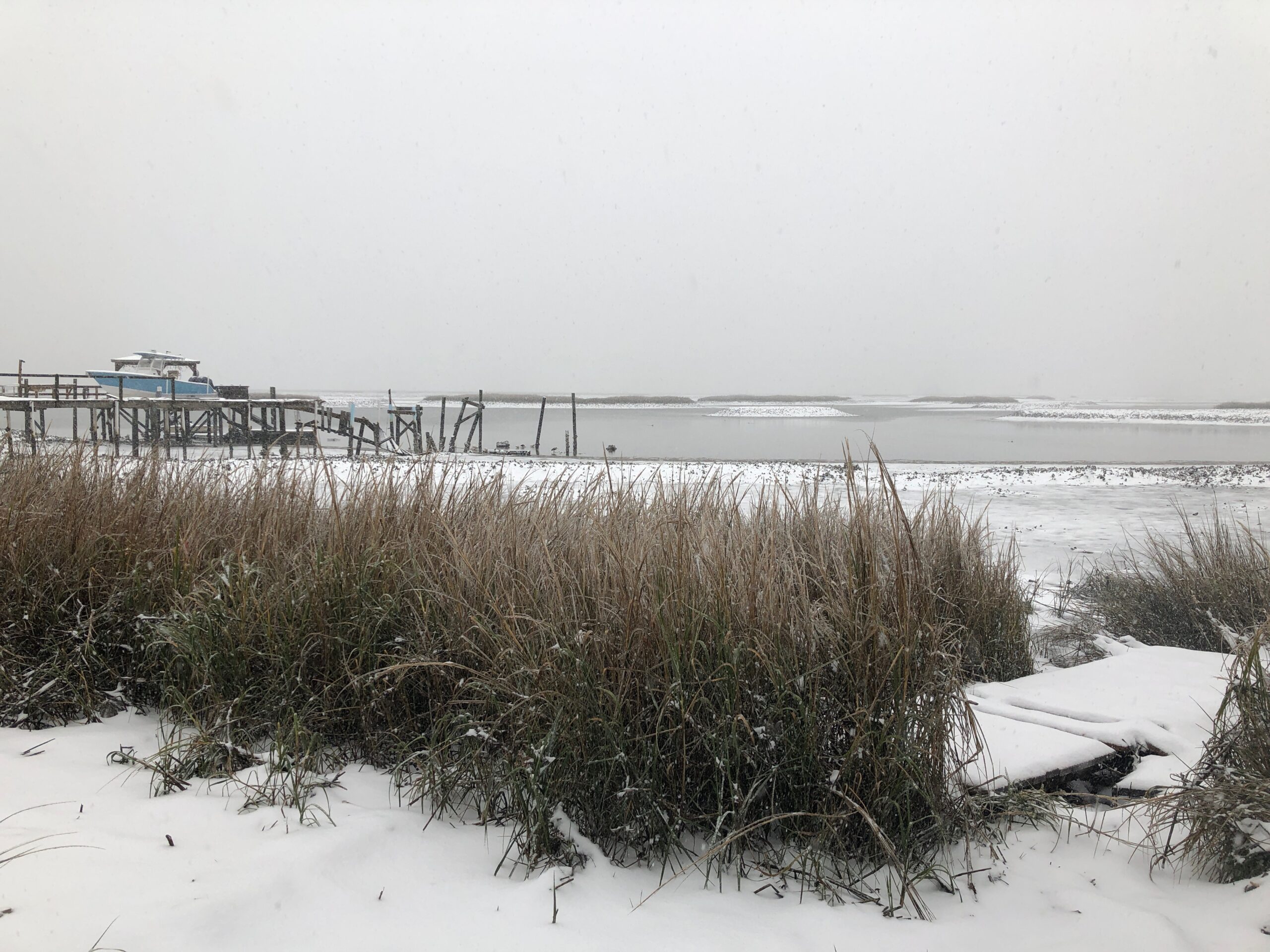
Winter boating can be just as enjoyable as boating in fairer weather, and for some, it’s not only a passion, but a way of life. To get you motivated to get out there, we’ve tackled three common cold weather boating questions.
Q. How cold is too cold to boat?
A. “Cold water” is commonly accepted as 70 degrees Fahrenheit or below. If exposed to cold air and water, hypothermia can set in quickly as the body loses heat faster than it can produce it, according to Boat U.S. Foundation. Cold weather boaters should also be advised of two other immediate risks of falling into cold water, that of cold shock (which could lead to cognitive function impairment, suffocation, cardiac arrest, and sudden stroke), and physical incapacitation.
When boating in cold water, it is always advised to dress warm and wear a personal flotation device (PFD). The Center for Cold Water Safety recommends wearing thermal protection like a wetsuit or a dry suit. According to the National Weather Service, body heat can be lost four times faster in cold water than in cold air. A recent SpinSheet article also suggests that if the temperatures of the air and the water combined are at 120F or less, lifejackets are a necessity and thermal protection is highly recommended.
Q. Will the motor freeze in cold temperatures?
A. Boat motors are built to operate in freezing temperatures. Parts of outboard motors can freeze, however, if there is residual water left in the lines or if the engines are tilted when idle. It is important not to tilt outboard engines out of the water during colder months. According to a blog by U.S. Boatworks, boaters should monitor for any signs of freeze on the exterior of the motor during use and afterwards. Also, when starting the motor in cold water, be sure to run it for a while before leaving your mooring to get it up to proper functioning temperature.
Q. What gear is needed for cold weather boating?
A. A quick Google search will round up a list of essentials for cold weather boating. For starters, be sure to have PFDs available for everyone on board. In cold weather boating, flotation devices are used for personal safety, but also provide a source of warmth.
Depending on the temperature and the nature of the boating excursion, dress as you would if participating in an extreme winter backcountry sport. Think base layers, thermal socks, midlayers, and durable outerwear like hats, gloves, boots, and waterproof jackets. A brief by the U.S. Coast Guard Auxiliary Public Affairs republished by the American Boating Association recommends investing in a flotation jacket, an immersion or survival suit, and a dry suit. The brief also recommends having on hand beacons, personal emergency locator lights, whistles, and flares. For an online retailer specializing in cold water outwear, Mustang Survival out of British Columbia has a great selection.
Got any cold weather boating questions? We’d love to hear! Drop a comment below and check out our blog for more tips for boating in cold weather. As always, be sure to stock up on BoatLIFE’s quality products to keep your watercraft in tip top shape.


